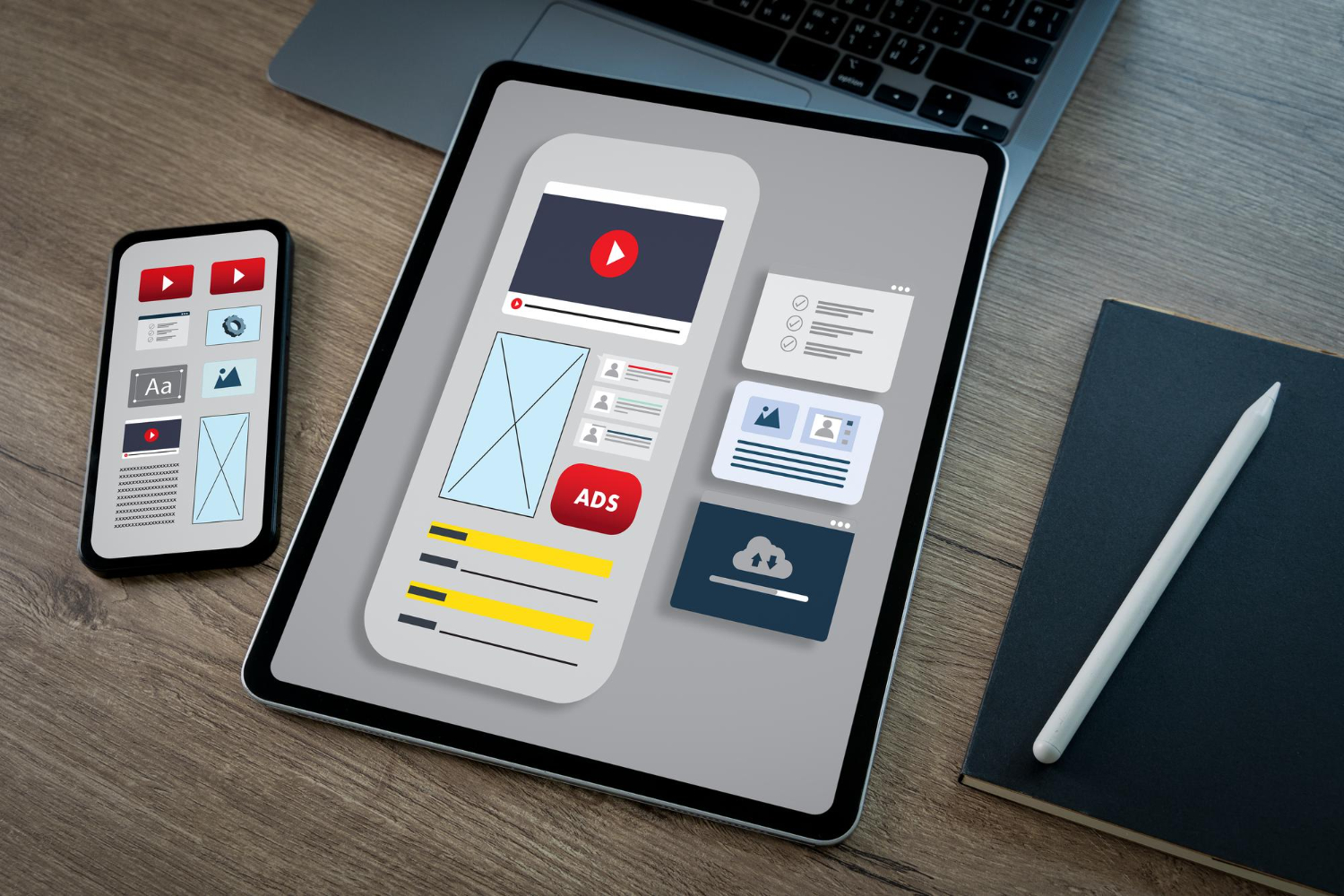As more users access websites on their mobile devices, having a mobile-friendly website is critical for businesses. Web designers on Fiverr who can create responsive and mobile-first websites have a competitive edge. This guide will cover the essential steps to designing mobile-friendly websites for your Fiverr clients, from understanding responsive design principles to using the right tools and optimizing site performance for mobile users.
Table of Contents
Toggle1. Why Mobile-Friendly Design is Essential for Fiverr Clients
In today’s digital landscape, mobile-friendly design is no longer optional—it’s essential. With more than half of global web traffic coming from mobile devices, businesses must ensure their websites provide a seamless mobile experience. As a Fiverr web designer, offering mobile-first web design services can give you a competitive advantage and help you attract more clients.
Beyond the user experience, Google’s search algorithm prioritizes mobile-friendly websites, meaning that responsive sites rank higher in search results. This makes mobile optimization crucial not only for usability but also for SEO. Clients on Fiverr are increasingly seeking web designers who can deliver mobile-optimized websites that work across all devices.
2. Start with a Mobile-First Design Approach
A mobile-first design approach means starting your design process by focusing on how the website will appear and function on mobile devices, then scaling up for larger screens like desktops and tablets. This approach ensures that the most important content and features are accessible on smaller screens, where space is limited.
In mobile-first design, content hierarchy is critical. Prioritize key information such as headlines, calls-to-action, and navigation elements. Keep the layout simple, with intuitive navigation such as collapsible menus and touch-friendly buttons. By starting with mobile and then expanding to desktop, you create a responsive design that works well on all screen sizes, ensuring a seamless experience for users on any device.
3. Use Responsive Design Techniques
Responsive design is a fundamental aspect of creating mobile-friendly websites. As a web designer on Fiverr, you need to use CSS media queries to adjust your layout based on the device’s screen size. This ensures that the website looks great and functions properly, whether the user is on a smartphone, tablet, or desktop.
Implement fluid grids and relative units like em and % instead of fixed-width layouts. This allows elements on the page to scale and resize naturally as the screen size changes. For instance, a three-column layout on desktop can collapse into a single-column layout on mobile, improving readability and usability.
Testing your designs on multiple devices and resolutions is crucial. Tools like Google Chrome’s DevTools, BrowserStack, or Responsinator can help you check how your website responds across different screen sizes and devices. Always ensure that your design is flexible enough to provide a consistent experience for all users.
4. Optimize Images and Media for Mobile
One of the biggest challenges with mobile design is ensuring fast load times without sacrificing quality. Optimizing images and media is essential for improving performance on mobile devices. Large images can slow down page load times, especially on mobile networks, leading to a poor user experience.
Use compressed image formats like JPEG or WEBP for high-quality images with smaller file sizes. For graphics and icons, SVG files are ideal because they are scalable without losing quality. Implement lazy loading for images and media to ensure that content is only loaded when it becomes visible on the user’s screen. This can significantly reduce the amount of data downloaded, improving load times and overall performance on mobile devices.
5. Ensure Fast Load Times for Mobile Devices
Page speed is a key factor in user experience, especially for mobile users who may be browsing on slower connections. Websites that load slowly can frustrate users and lead to high bounce rates. Google also uses page speed as a ranking factor, so fast-loading sites tend to perform better in search results.
To optimize your mobile site’s performance, start by minifying your CSS, JavaScript, and HTML files. This reduces the file sizes and speeds up load times. Additionally, leverage browser caching to store certain files locally on the user’s device, reducing the amount of data that needs to be downloaded on repeat visits.
Using a content delivery network (CDN) is another effective way to boost performance. CDNs distribute your site’s content across multiple servers around the world, ensuring faster delivery based on the user’s location. Prioritize mobile page speed to create a smoother experience for users and improve your site’s SEO performance.
6. Focus on Touch-Friendly Navigation
Designing for mobile requires special attention to touch-friendly navigation. Mobile users interact with websites differently than desktop users—using their fingers instead of a mouse. This means your buttons, links, and interactive elements need to be large enough for users to tap easily.
A good rule of thumb is to ensure that buttons and links are at least 44×44 pixels, providing enough space for finger taps. Avoid placing interactive elements too close together to prevent accidental clicks. Implement drop-down menus and swipe gestures to create a more intuitive experience for mobile users, making it easy to navigate between pages.
Avoid cluttering the screen with too many elements. Minimalistic designs with clear call-to-action buttons and simple navigation are much more user-friendly on mobile devices. By focusing on touch-friendly design, you ensure that your websites are accessible and functional for all users.
7. Test Your Mobile Designs Across Multiple Devices
Before delivering your website to a client on Fiverr, it’s essential to test it across a variety of devices to ensure consistent performance. Use tools like Google’s Mobile-Friendly Test, BrowserStack, or Responsinator to check how your website looks and functions on different devices and screen sizes.
Testing isn’t just about appearance—it’s also about ensuring that your site loads quickly, navigation is intuitive, and there are no technical issues such as broken links or images. Conducting usability tests can help you identify potential pain points for users and fix them before the website goes live. The goal is to deliver a polished, high-performing website that works seamlessly on all devices.
8. Delivering Mobile-Optimized Sites on Fiverr
When delivering a mobile-optimized website to a client on Fiverr, it’s important to provide clear documentation on how they can maintain the site’s responsiveness. This might include instructions on updating images, content, or plugins to ensure they don’t accidentally affect the site’s mobile performance.
Make sure to include mobile optimization as a key selling point in your Fiverr gig descriptions. Highlight your expertise in designing fast-loading, responsive websites that provide an excellent user experience across all devices. You can also offer gig extras like speed optimization or SEO services to further enhance the value of your mobile-friendly designs.
Conclusion
Designing mobile-friendly websites is essential for web designers on Fiverr who want to stay competitive in today’s mobile-first world. By following these best practices—starting with a mobile-first approach, optimizing images and performance, and ensuring touch-friendly navigation—you can deliver high-quality mobile-optimized websites that meet the needs of your clients. Use these strategies to position yourself as a mobile-first web design expert and grow your Fiverr business.



